A Wave of Canadian Immigration Changes: What You Need to Know in June 2025

The landscape of Canadian immigration is undergoing a significant transformation in the middle of the year. From a historic citizenship reform to targeted provincial adjustments, the federal and provincial governments are recalibrating their policies to meet new demographic, economic, and social goals. For prospective applicants, understanding these new dynamics is essential. This article breaks down the four major developments reshaping the pathways to Canada.
Recent announcements are touching every aspect of immigration: citizenship, permanent and temporary residency, and provincial nominee programs. These adjustments, seen in Ottawa as well as in Quebec and Alberta, signal a push to align the intake of newcomers with the realities of the labour market and the country's integration capacity—a point underscored by international economic reports.
Canadian Citizenship Reform: Bill C-3 Restores a Right for Canadians Abroad
On June 5, 2025, the federal government introduced Bill C-3, a long-awaited piece of legislation aimed at amending the Citizenship Act. This move responds to a December 2023 Ontario Superior Court of Justice ruling that found the existing first-generation limit unconstitutional. If passed, the new law will end the controversial rule that has limited the transfer of citizenship to the first generation born abroad.
The key provision of this reform will allow Canadian parents born outside Canada to pass on their citizenship to their children who are also born abroad. To do so, the Canadian parent must demonstrate a "substantial connection" to Canada, defined as having at least 1,095 cumulative days (three years) of physical presence in the country before the child's birth or adoption. The bill will also retroactively restore citizenship to "Lost Canadians"—those who lost or never acquired citizenship due to previous outdated provisions—and their descendants.
For more details on the bill's implications, you can review the official Government of Canada news release regarding this change.
Quebec to Lower Immigration Levels and Prioritize French Speakers
Quebec has announced its intention to significantly reduce its immigration levels by 2029. The plan from the Minister of Immigration, Frenchization and Integration aims for a 13% decrease in the number of non-permanent residents, including temporary foreign workers and international students.
For permanent immigration, three scenarios are under consideration, with proposed annual targets ranging from 25,000 to 45,000 newcomers. The strategic goal is clear: the province will favour French-speaking candidates who are already in Quebec and whose skills meet the pressing needs of the local labour market. This highlights the importance for potential applicants to master French and align their skills with market demand to maximize their chances. The full details of the proposed plan are available for public consultation on the Quebec government's official website.
Alberta Targets Key Sectors Through Its Immigration Programs
In contrast to a broad reduction, Alberta is pursuing a highly targeted invitation strategy. Through the Alberta Advantage Immigration Program (AAIP), the province issued 92 invitations in a series of draws held between late May and early June 2025, targeting candidates with skills in priority sectors.
The latest draws targeted:
- The Accelerated Tech Pathway
- The construction and agriculture sectors
- The Dedicated Health Care Pathway
This surgical approach shows how provinces are using their Provincial Nominee Programs (PNPs) to fill specific labour shortages and support their economic growth. Candidates with experience in these fields have a distinct advantage for immigrating to Alberta. To learn more about available programs, you can browse the latest Canadian Immigration News.
The National Economic Context: A Major Influencing Factor
Underpinning these policy shifts are growing economic concerns that highlight the strains Canada's high population growth is placing on the country. With its population growing by nearly 3% in 2023, Canada is facing an exacerbated housing crisis and challenges to labour productivity.
Recent analysis suggests that while immigration contributes to overall GDP growth, individual purchasing power has stagnated. This economic reality is undoubtedly influencing current policy decisions, pushing governments to better align immigration targets with the country's absorption capacity, especially concerning housing and infrastructure.
Navigating the New Immigration Landscape
These Canadian immigration changes 2025, whether federal or provincial, are shaping a new paradigm for coming to Canada. The trend is toward a more specialized selection process, favouring candidates who meet specific needs—be they linguistic, sectoral, or related to deep family ties to the country. The citizenship reform opens doors, while provinces like Quebec and Alberta are refining their criteria to ensure immigration continues to drive their development.
In this constantly evolving environment, expert guidance is more crucial than ever. A professional assessment of your profile can help you identify the best strategy and position your application for success. If you want to understand how these reforms could affect your immigration project, we invite you to get in touch.
Contact Mesidor Immigration for a complete assessment today

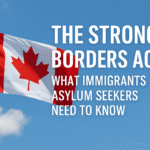

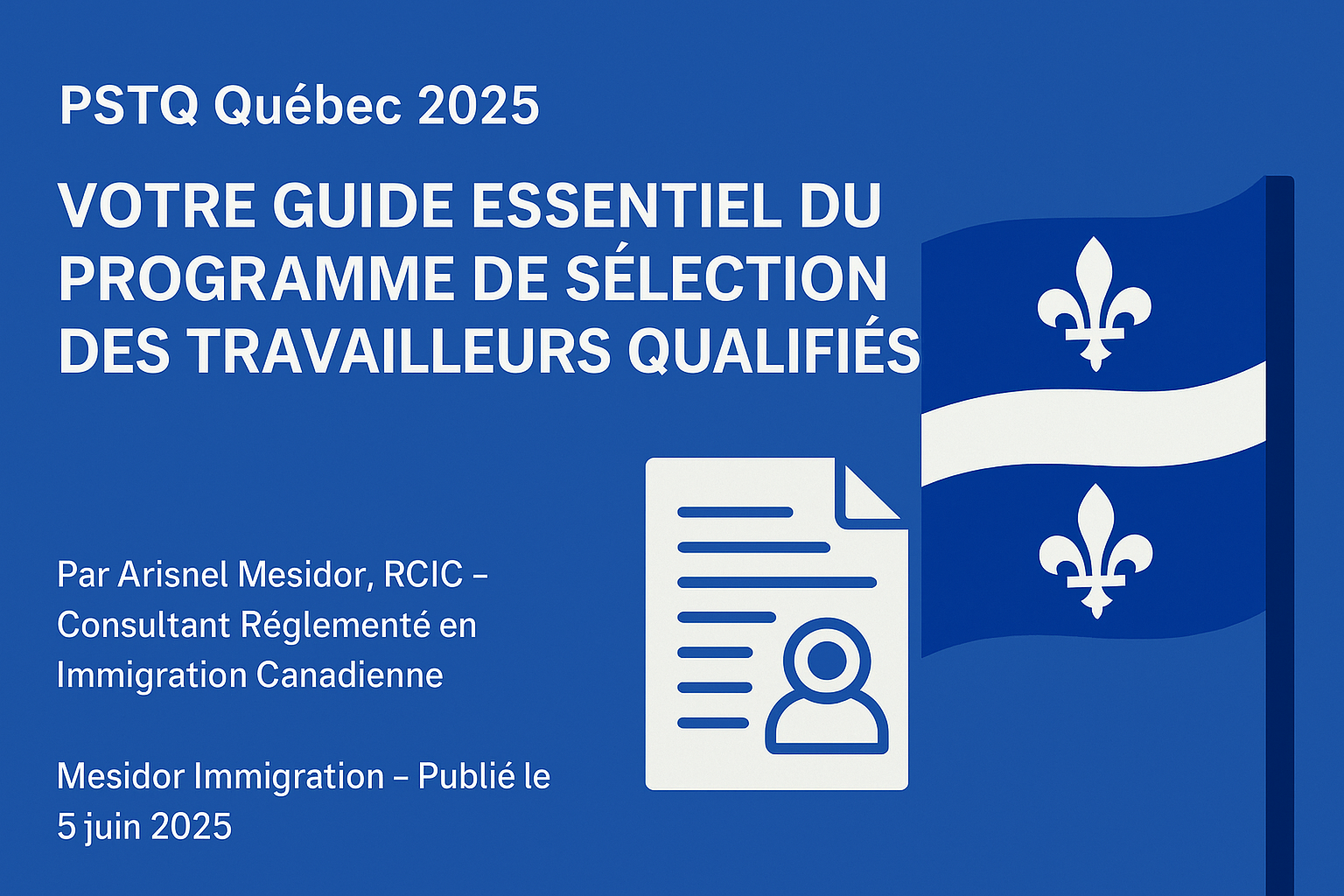

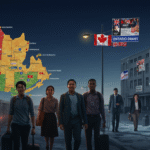

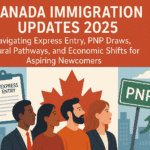






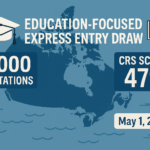
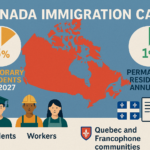
Recent Comments